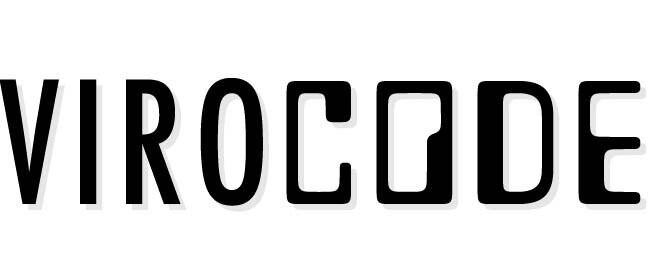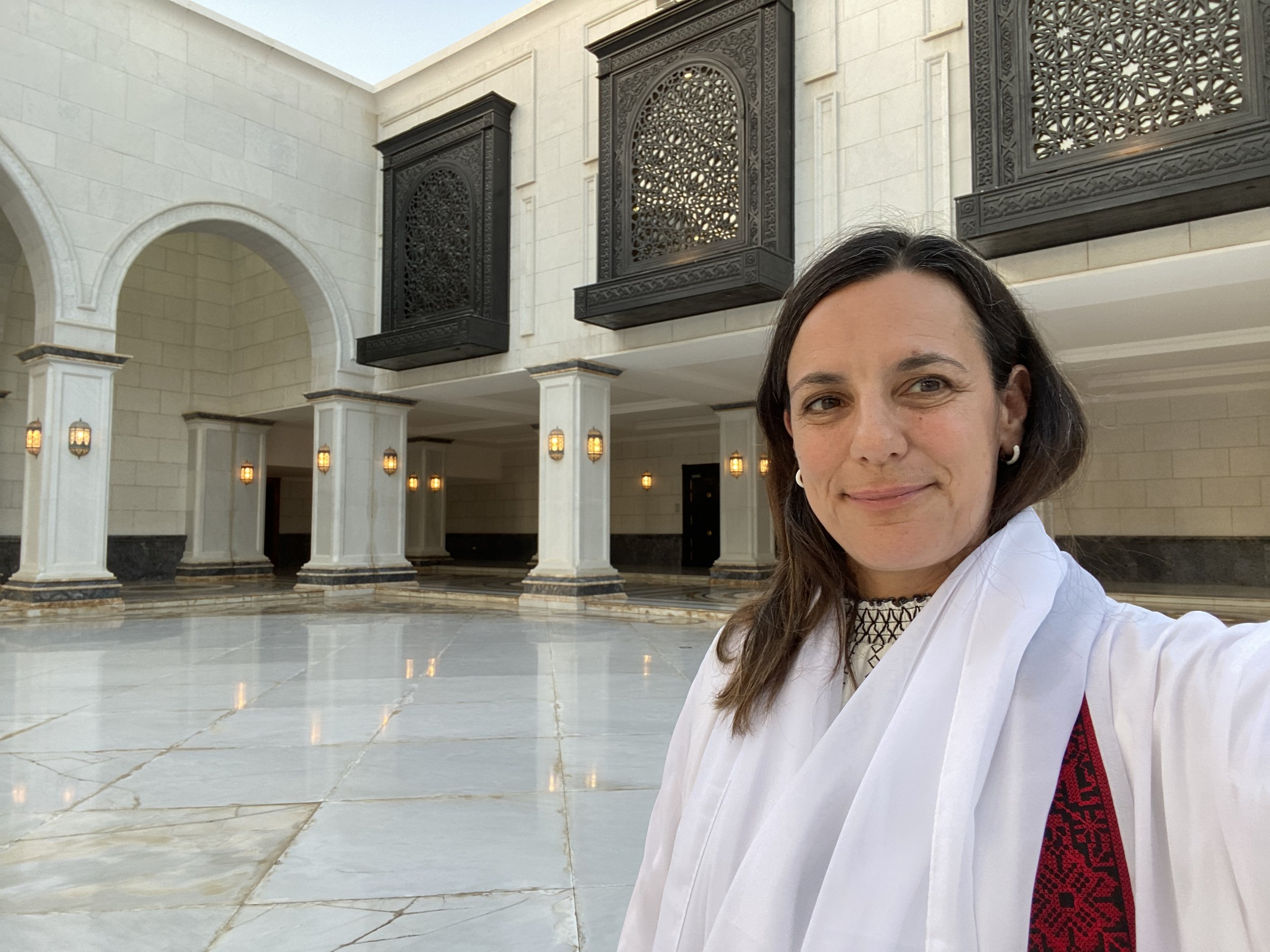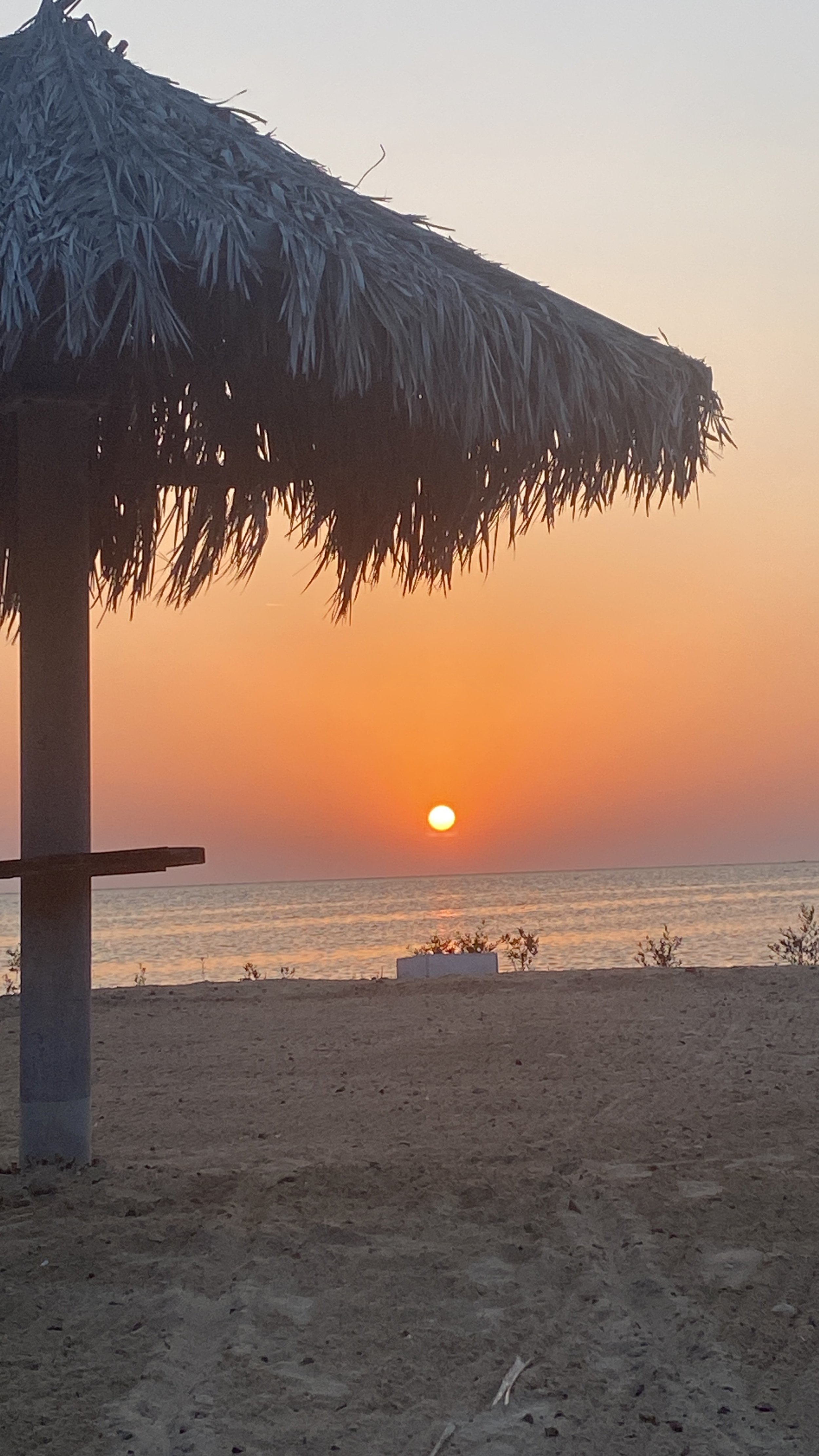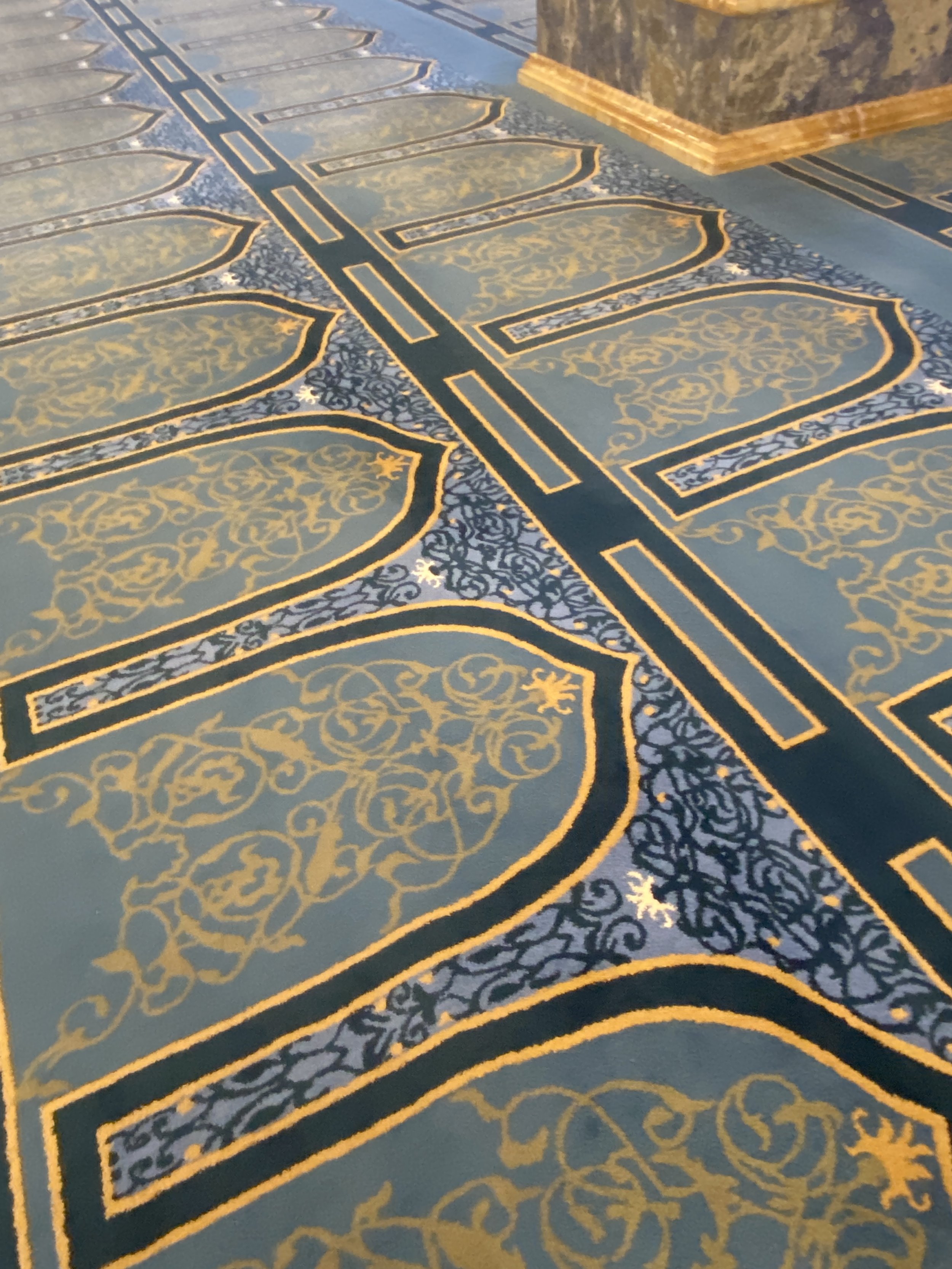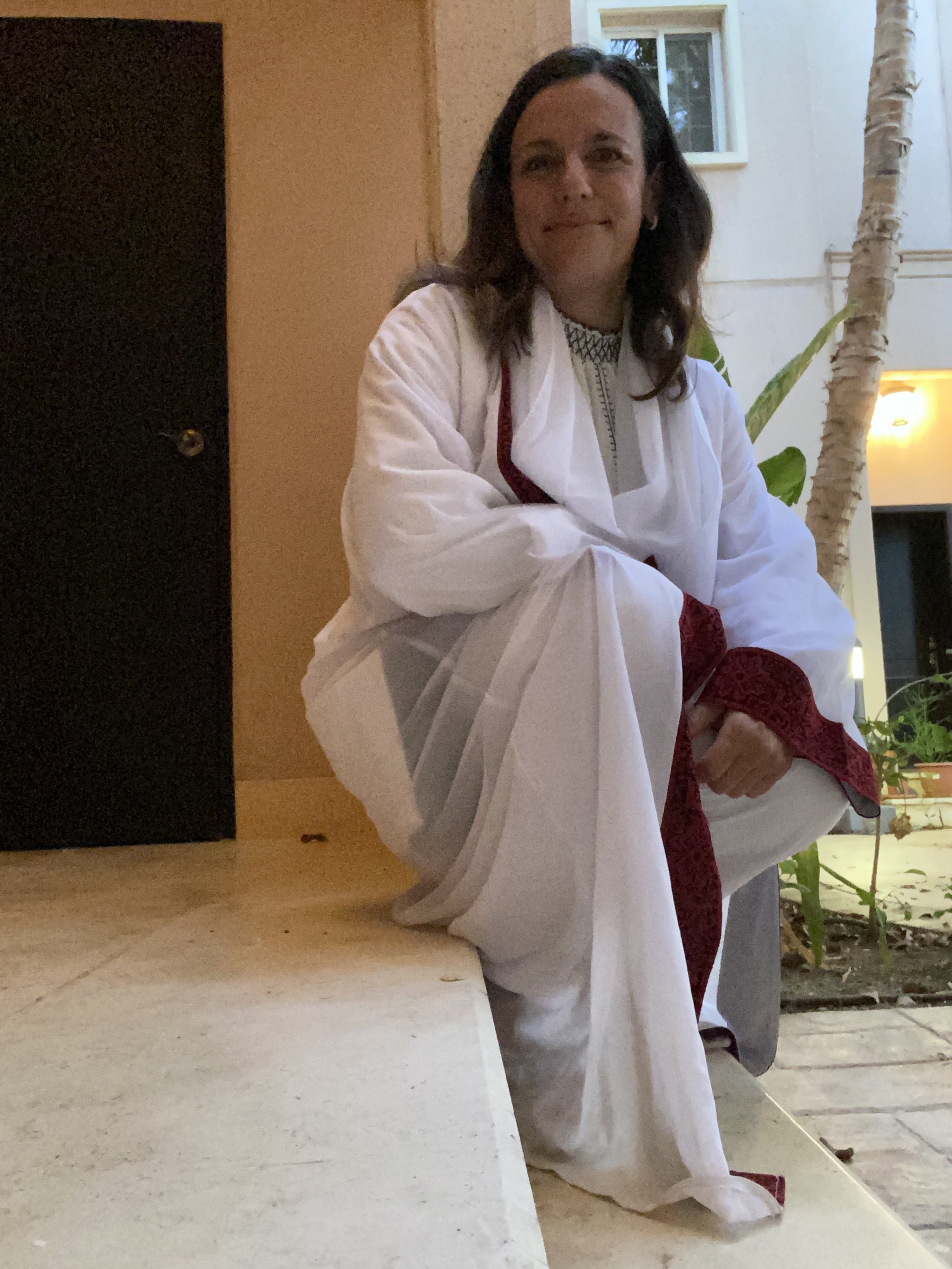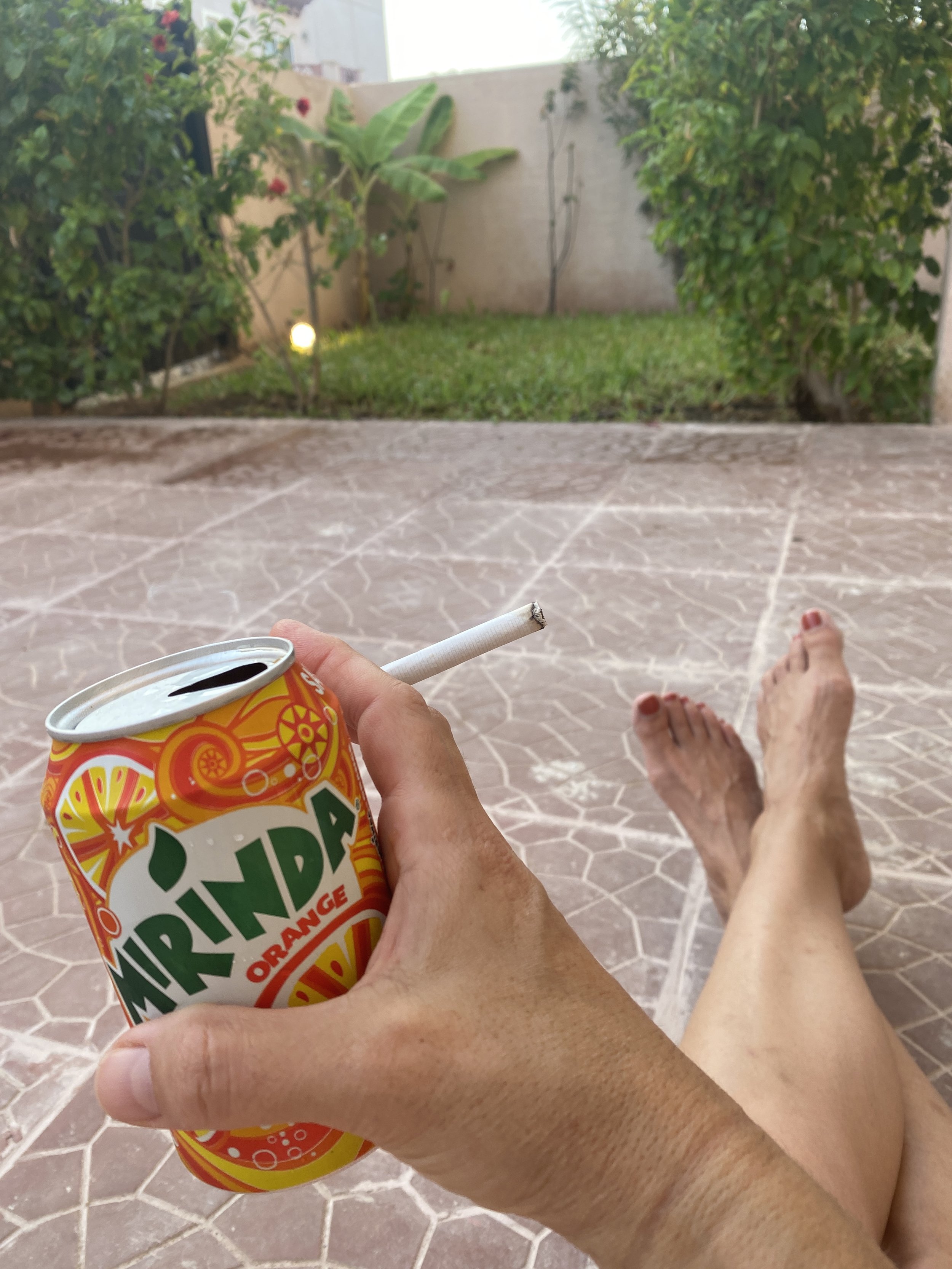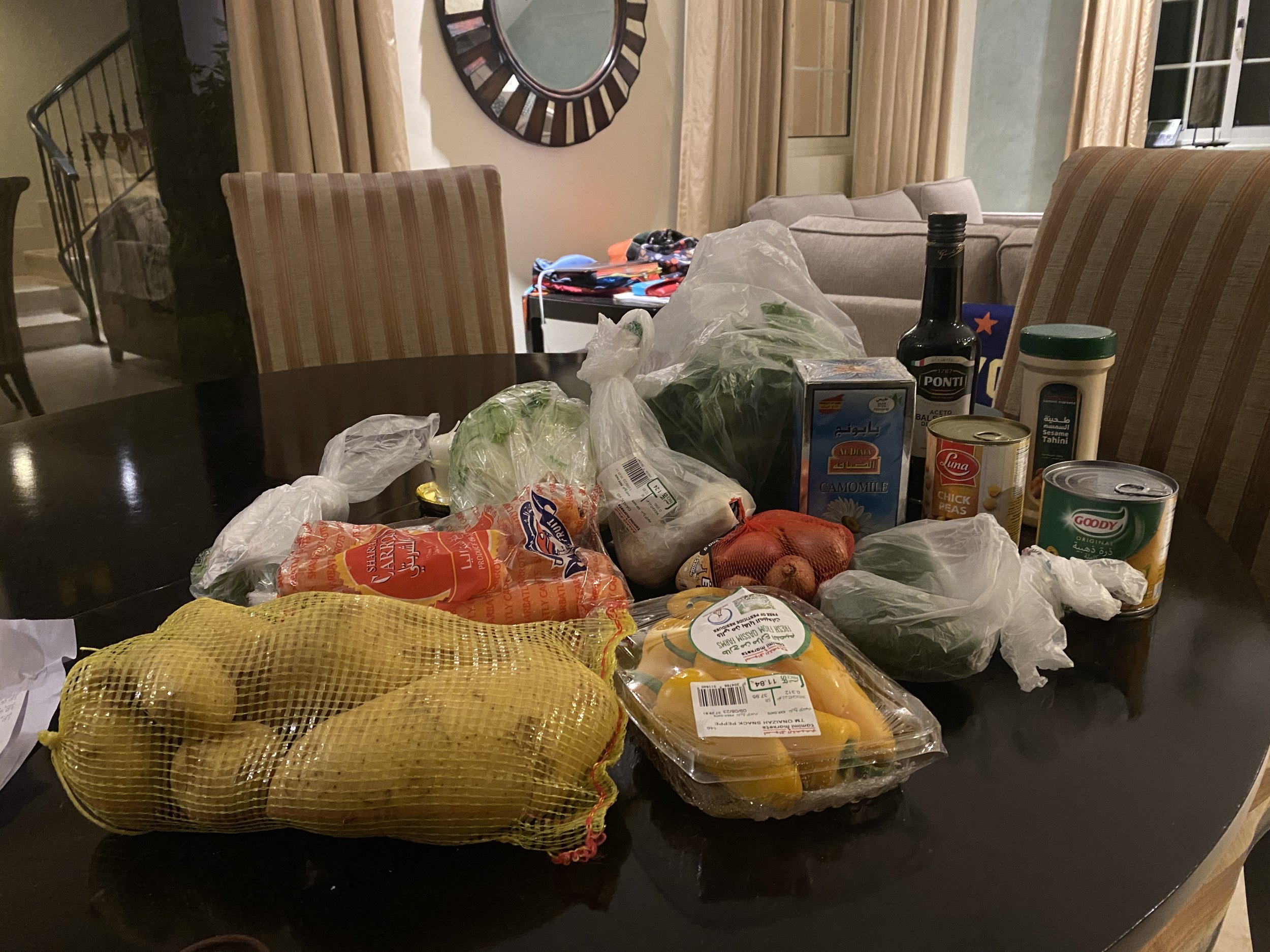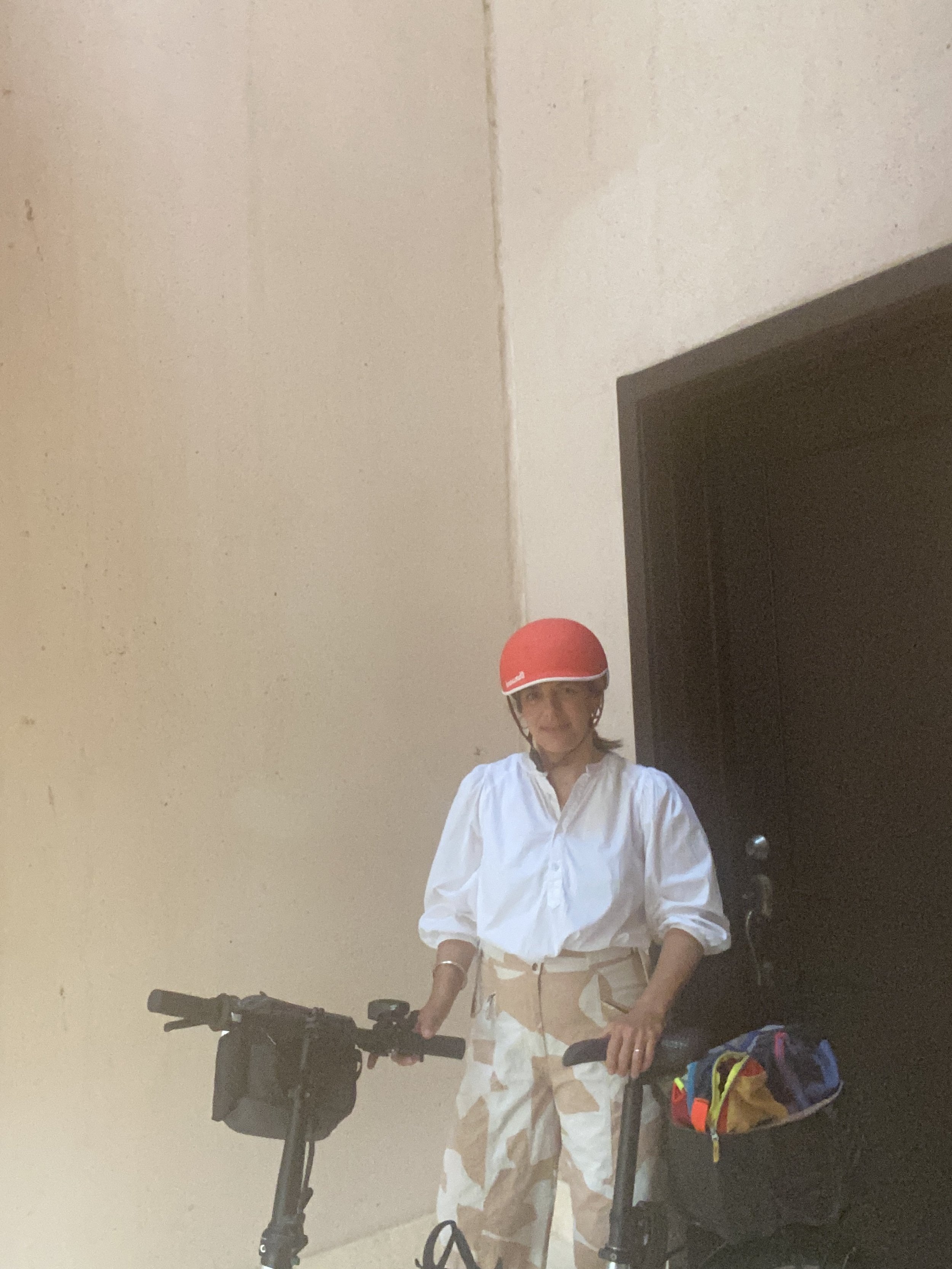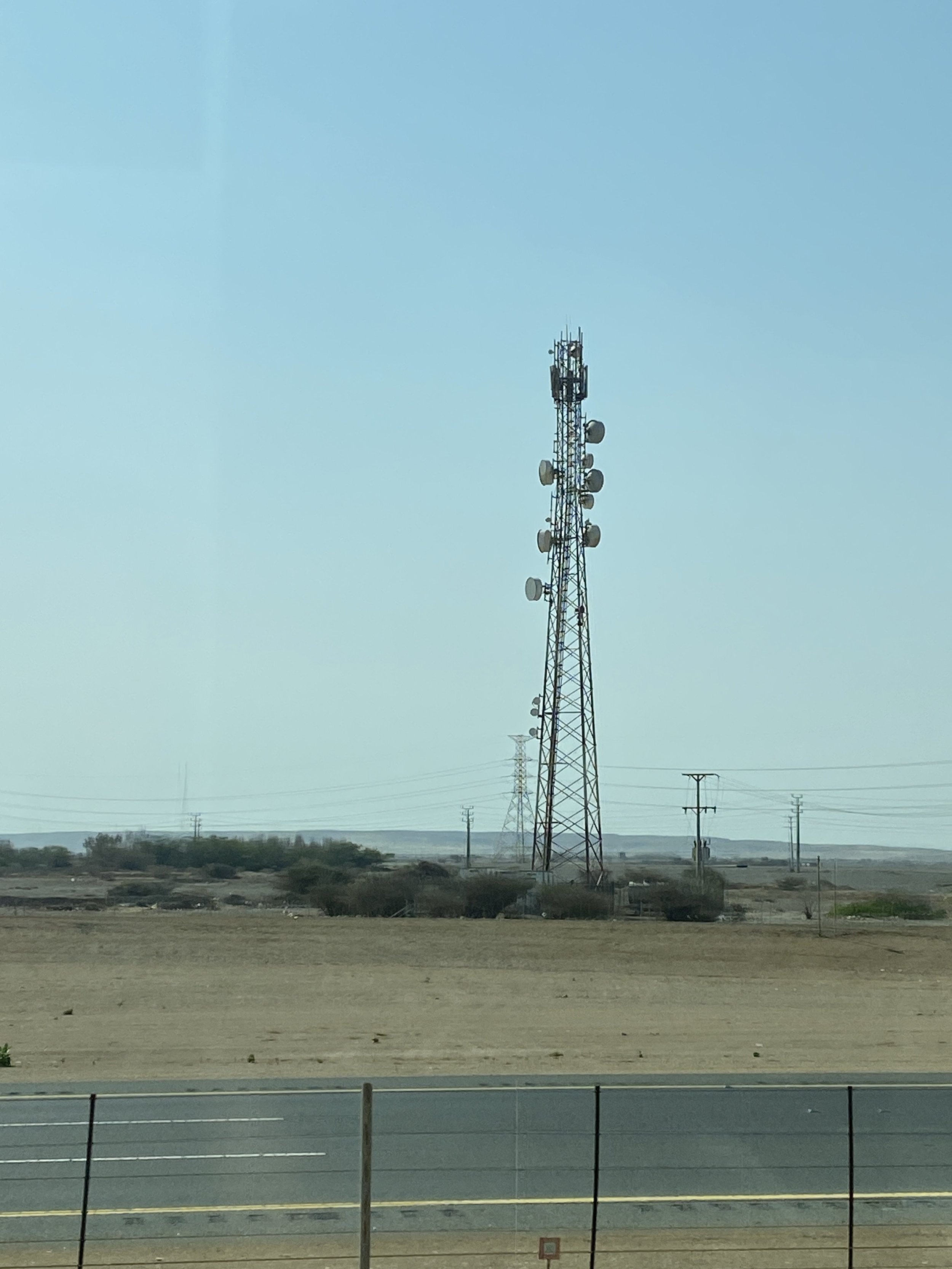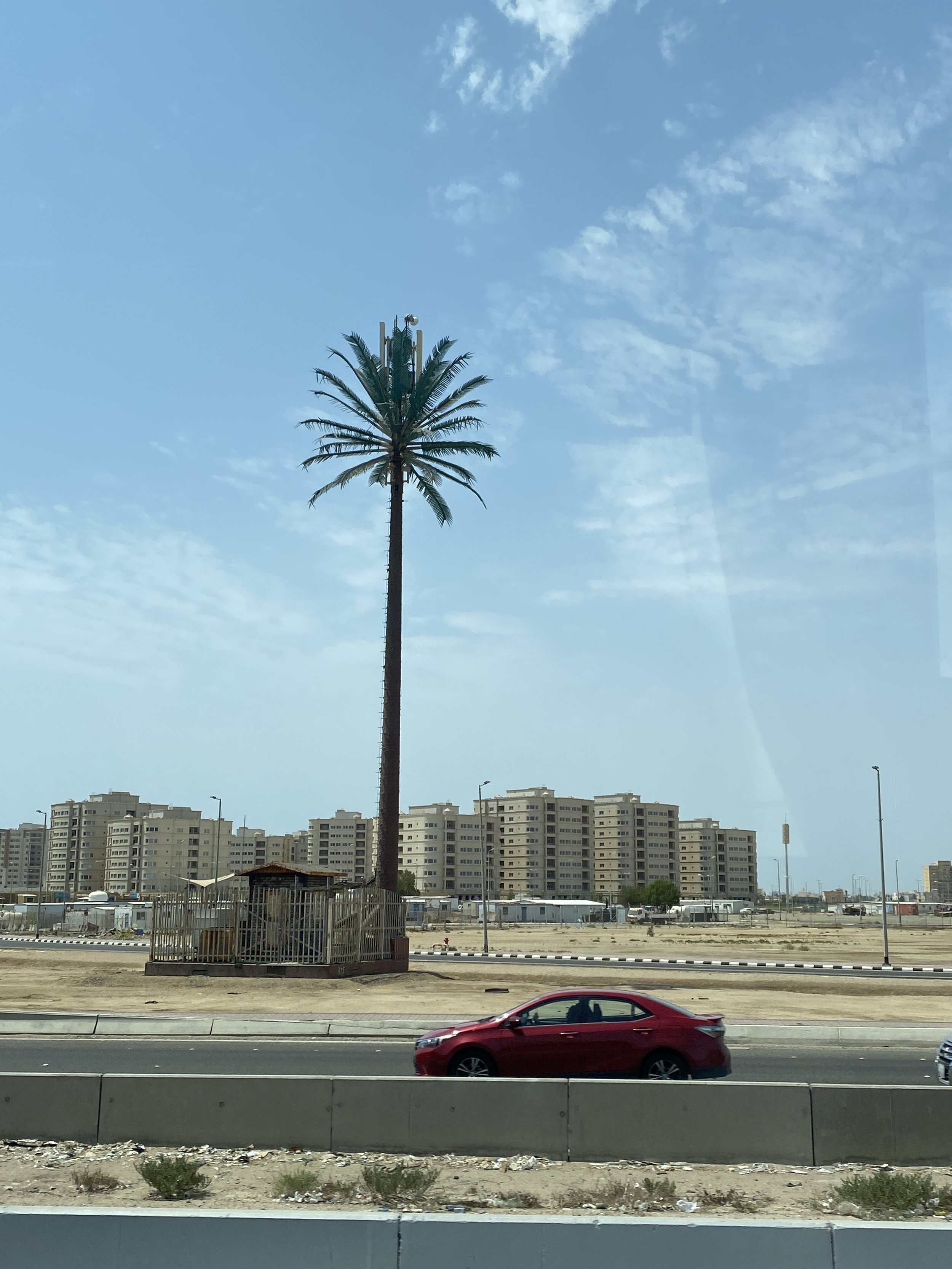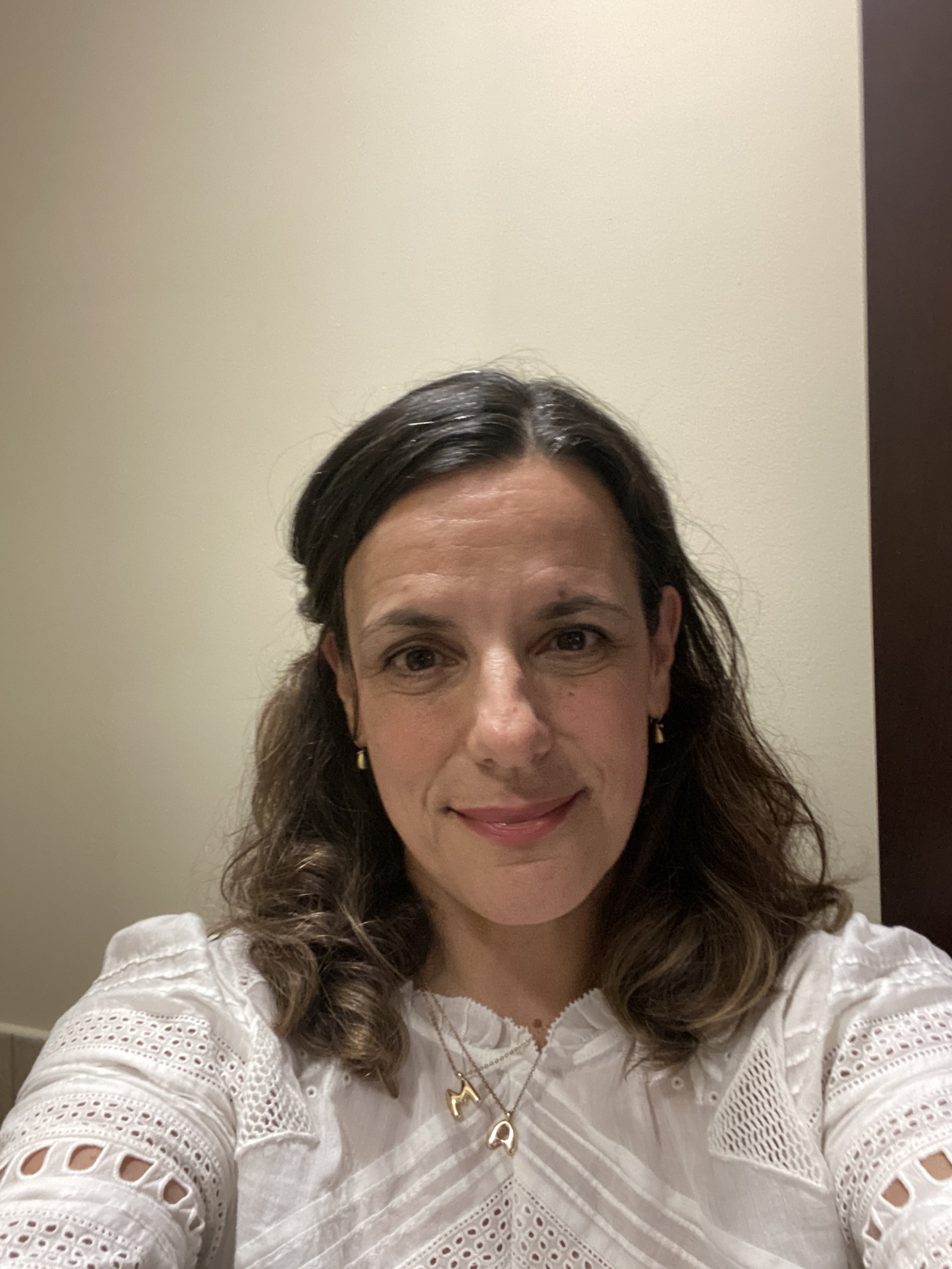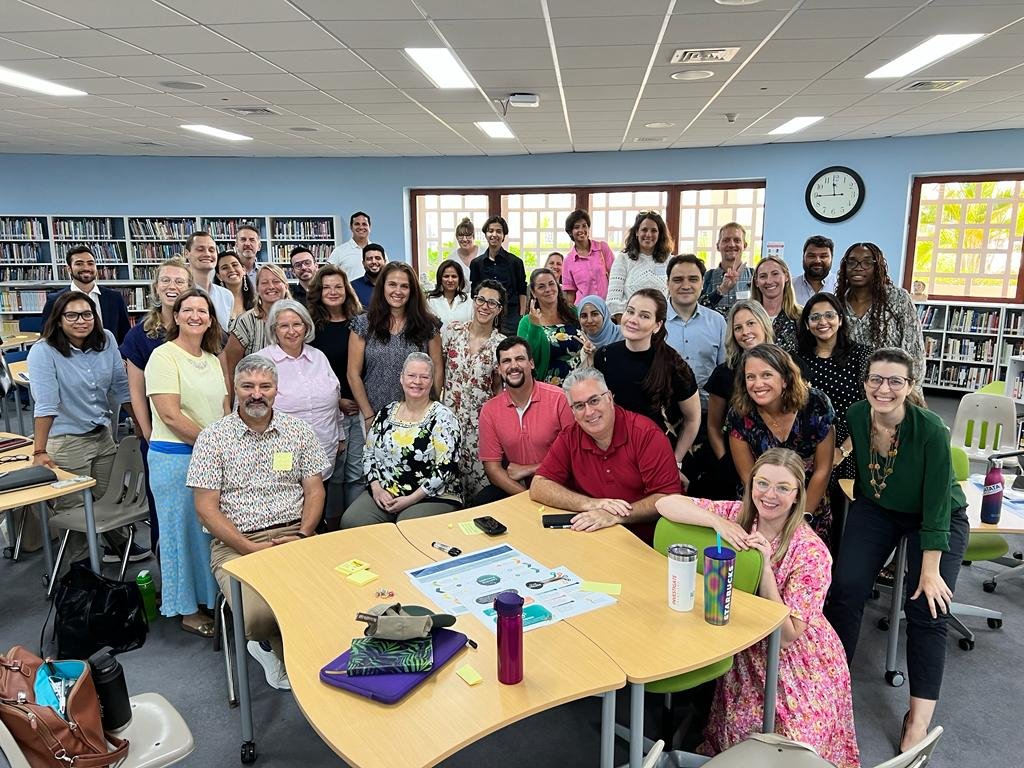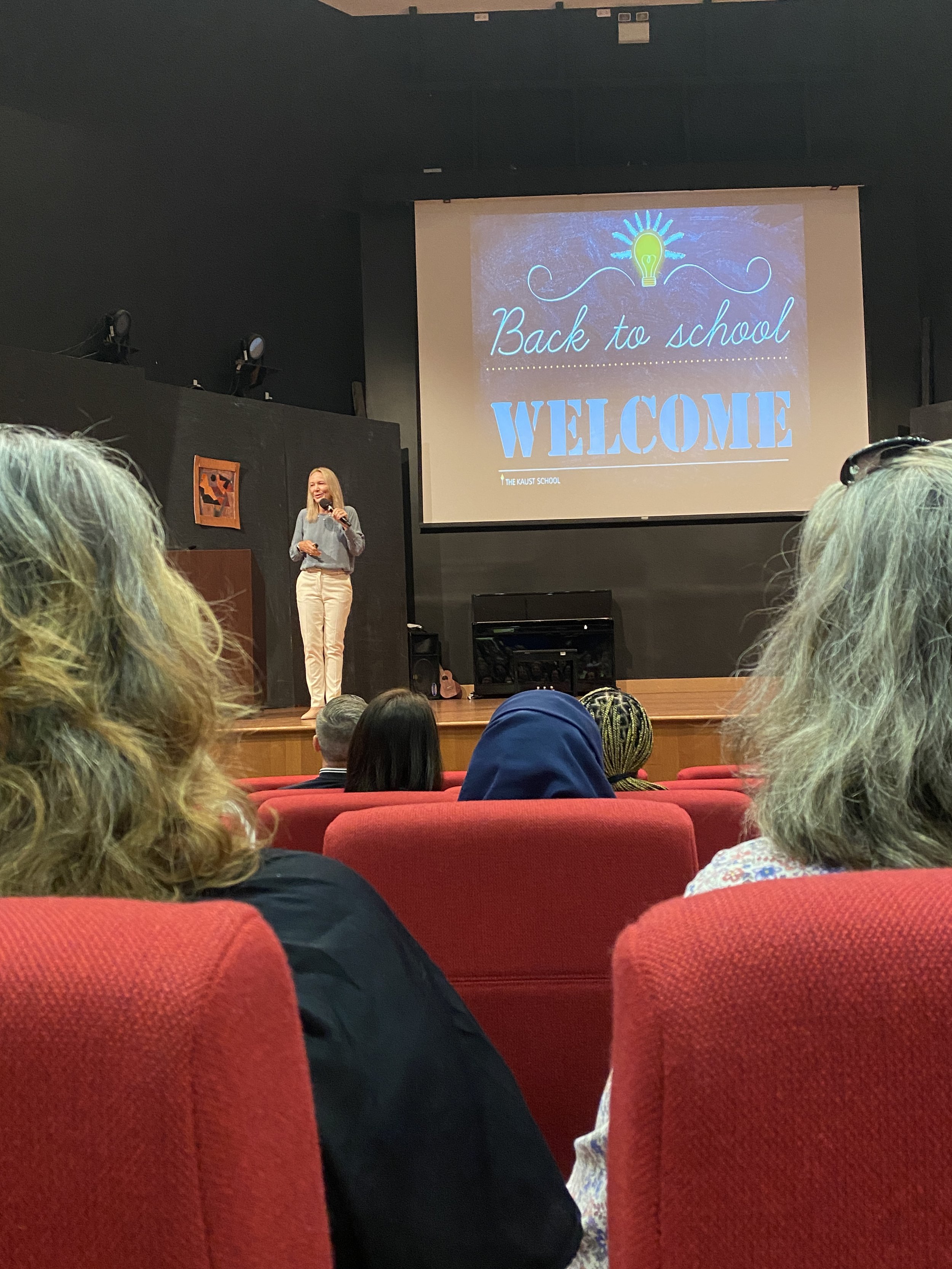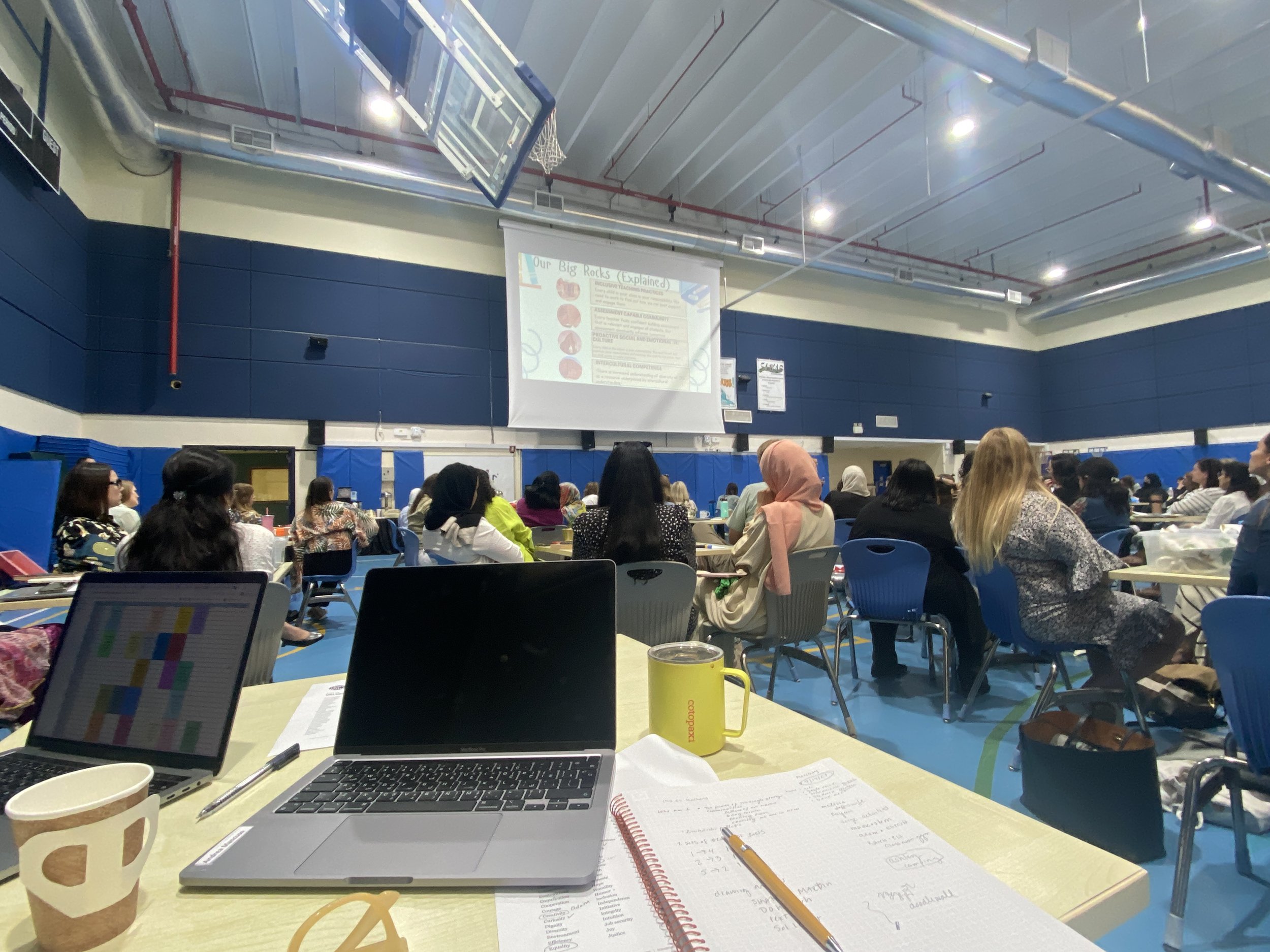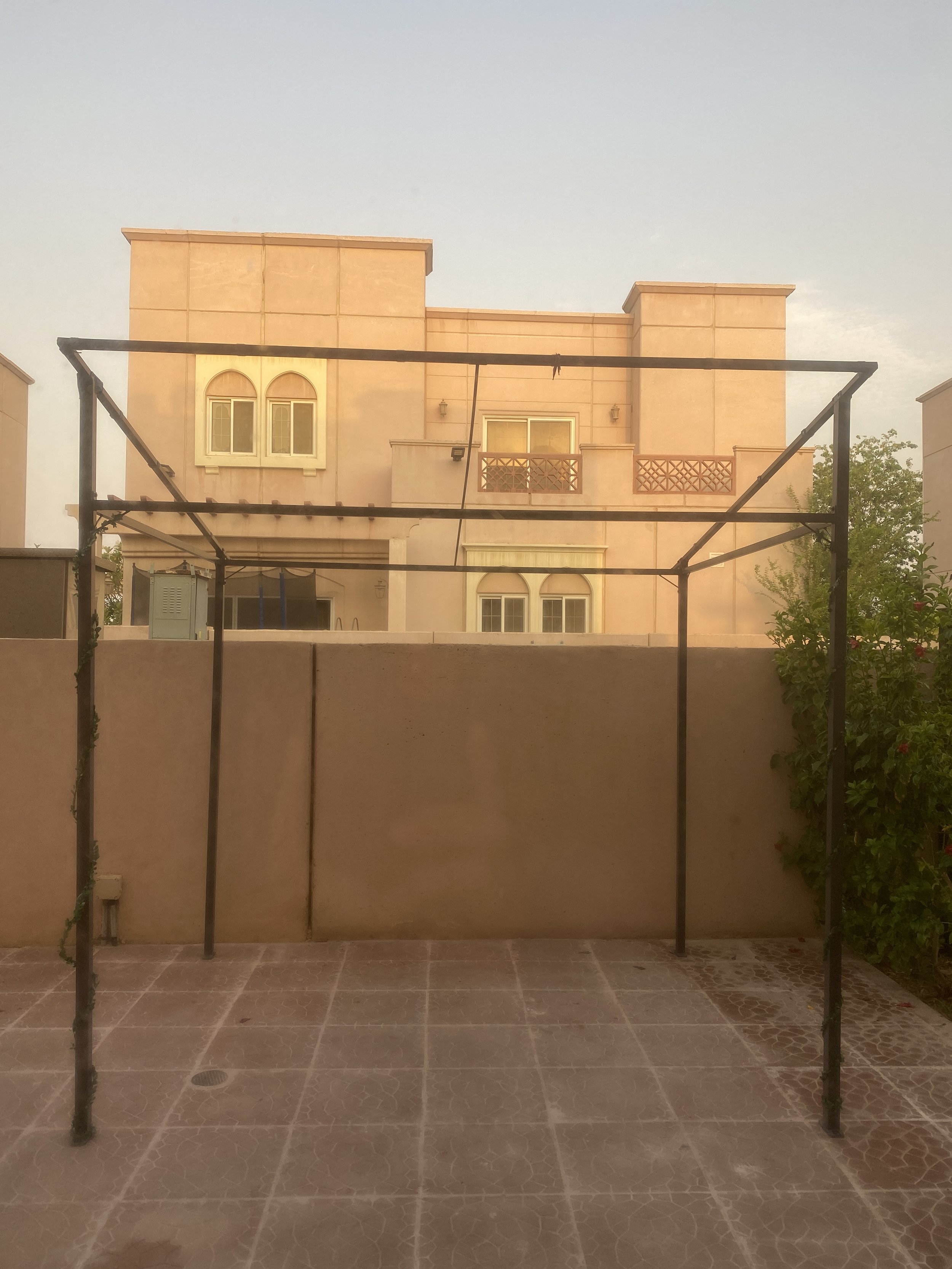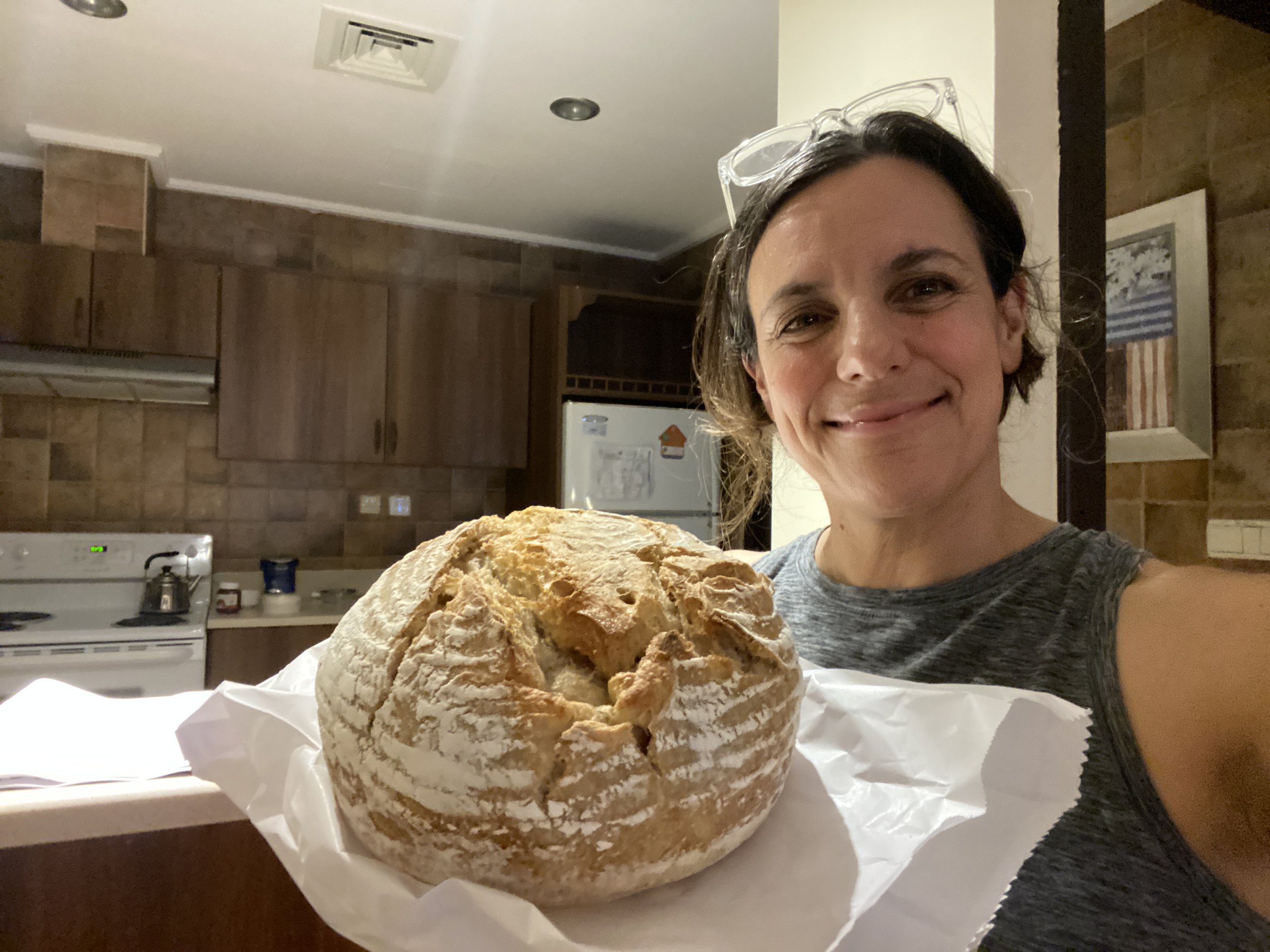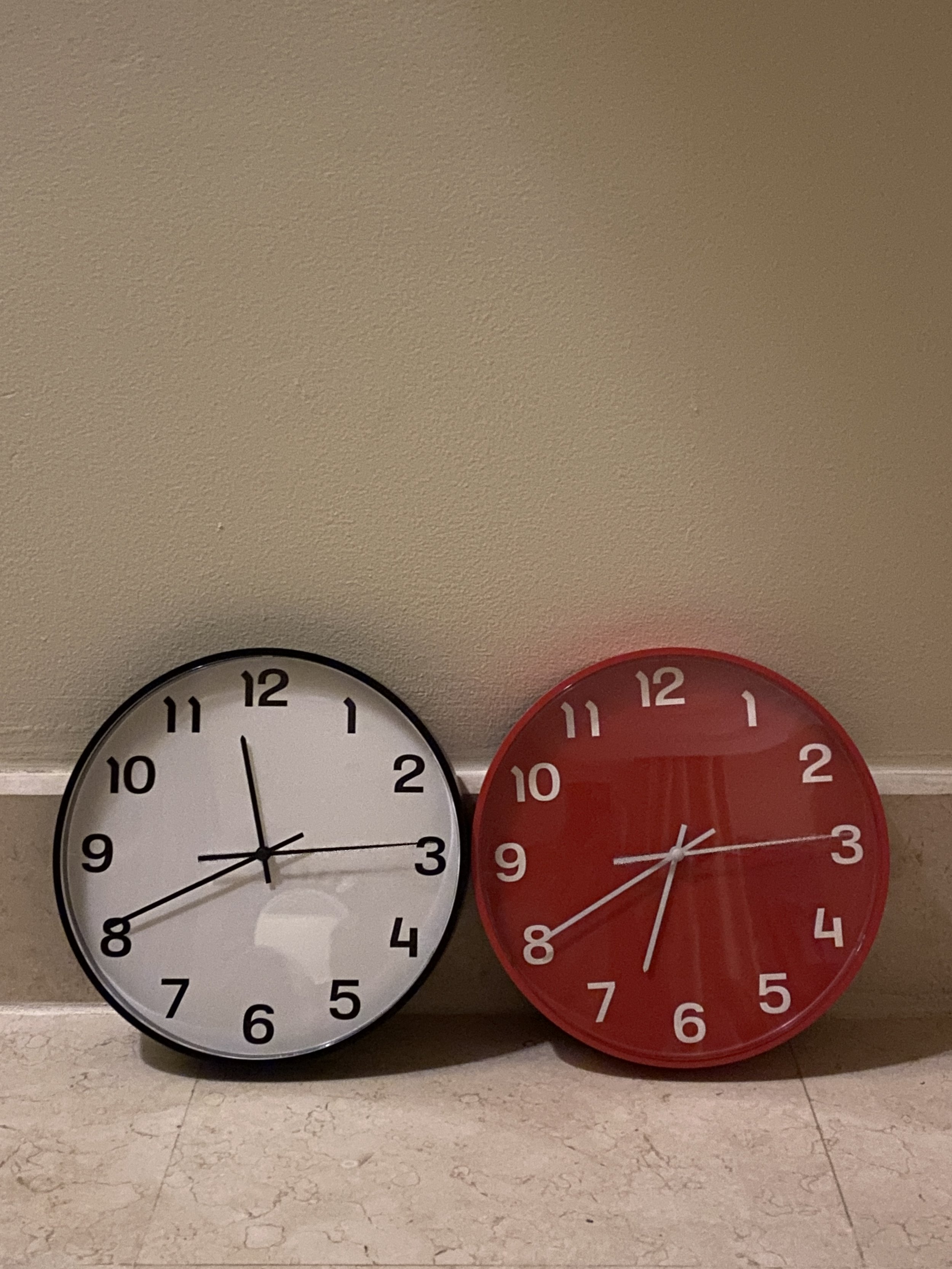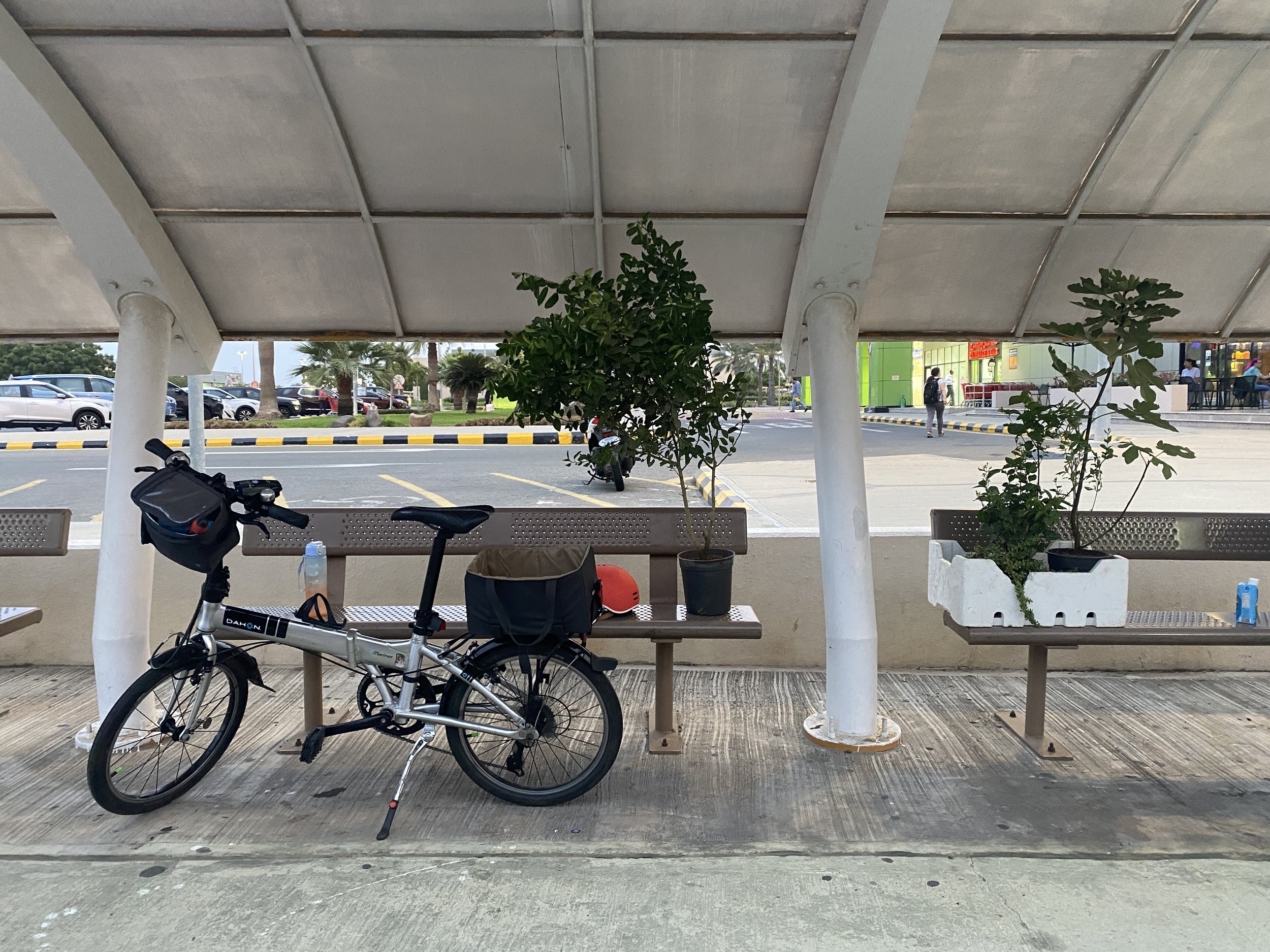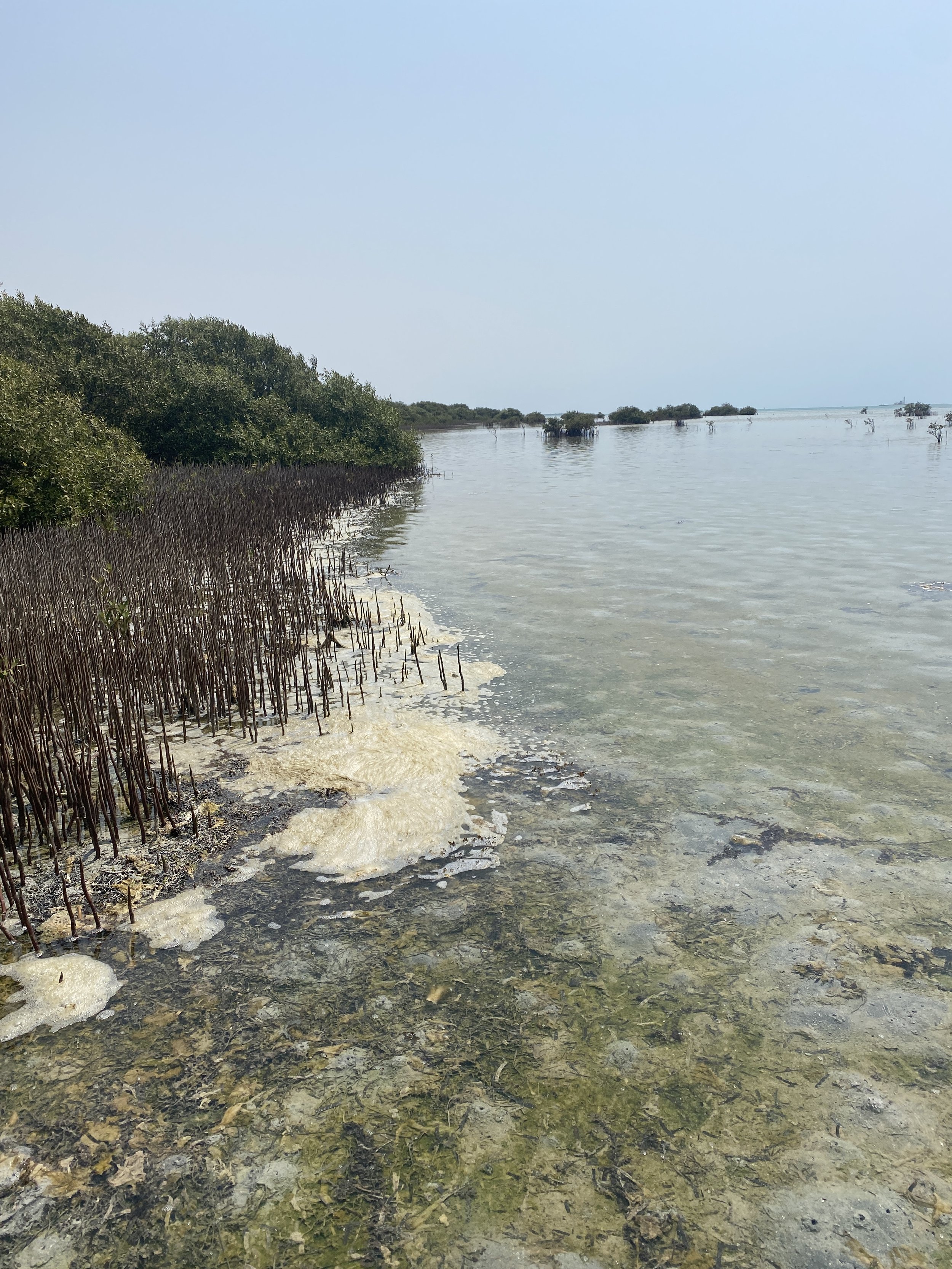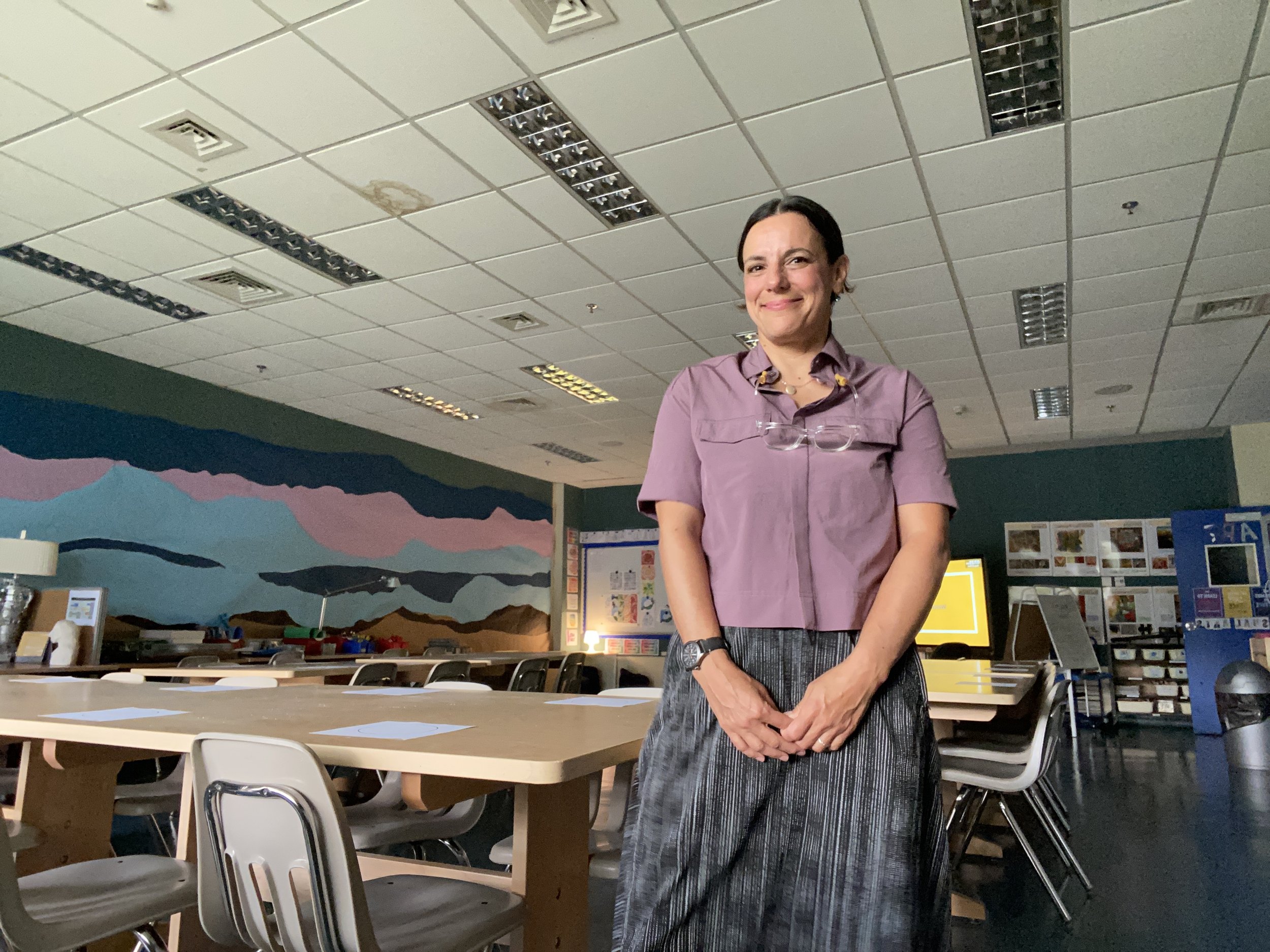My first impression of Saudi Arabia was light and heat. The sun is bright and constant, reflecting off of the sand, the water, the cars, the glass and concrete buildings, prisms of light that during the day are brilliant and then fade as night falls into a moody mix of orange and yellow with a little flash of purple and blue afterglow as the sun sets. Slowly my eyes adjust to the darkness and realize that there is still so much light being projected by the artificial infrastructure of the town and light that is traveling far distances across the flat desert plains. The winds come and go but were not present during my first few weeks in the country but the heat was. The heat is 3D, a big hot hug that brings your clothes in tight contact with your body and pulls liquid from every pore in your body. My body sweat a lot, from everywhere. I learned that my eyelids could sweat too. It was a battle to stay hydrated to offset the amount of moisture that was leaving my body. The heat of course was only outside as buses, homes, schools, and meeting places are all air conditioned. Which brings up other issues that will come up in a later reflection. The oppressiveness of the heat however was inline with the at-capacity mental gymnastics that the first few weeks in Saudi Arabia demanded from me.
I’ll call this time INFORMATION OVERLOAD as it was full of important information that would be shoved in and promptly fall out of my brain. The information was like carrying an armful of apples or cats that are determined to stray on their own. Numbers, letters, arabic greetings, codes, passwords, logins, accounts, IDs, phone numbers, house number, 24 hour time, and names all of these details in a constant flux of learning, relearning and forgetting. Getting lost on the streets, in my computer and on my phone was the norm. Finding my way on the curvy and monotonous streets at Kaust remains a rare pleasure, following the house numbers that increase or decrease in order and neighborhoods with names such as gardens, palms, oasis, harbor and island. My personal guide posts for navigating around the campus/compound were ironically enough the massive cell phone towers that bloomed all over the neighborhoods, along with the Red Sea, which is spectacular. Other tall landmarks including the iconic KAUST beacon, and the large air ventilation cooling towers at the KAUST university were guideposts as well. All of the infrastructure of the campus and town is fascinating to me. We are living in built environments and this place (not unlike many places where people live) is built in a region that has an inhospitable and harsh climate. Thuwal and KAUST is in the desert, with a salty sea, wind, unforgiving but rare rain storms, and more common sand storms. All of KAUST is in some ways a resort, with beaches, recreation centers, a movie theater, bowling alley, marinas, diving center, climbing wall, golf course and restaurants, along with the schools and research centers.
Biking from cell phone town to cell phone tower is how I learned to find my way around and fortunately one of the towers was close to my house and another was outside of my classroom. Literally connecting me to the places I need to be and the people I left back home in the USA. The prominence of the towers in the landscape and as my guideposts provided a portal at which to imagine all of the overwhelming information being manageable, traveling from space to space in and out and through my brain. Permeating my townhouse walls and things.
A few more things to mention.
1. It is too hot to be outside in the summer at KAUST.
2. Modest dress means almost always wearing long pants and sleeves.
3. White and black and go to colors because they don’t show the sweat.
4. One of my greatest indulgences was sitting just outside of my open door with the AC on. I would learn that the abundance of cats on the Kaust campus do this as well. Sitting outside of a closed door to get the cool air creeping out from below the door jam.
5. Feed the cats.
6. Learning names takes practice and skill.
7. Mosques are beautiful and welcoming spaces.
My arrival at KAUST started with a quick orientation and then right into teaching. It was fascinating to be at an institution that is organized around welcoming lots of new teachers, celebrating departing teachers, and managing large numbers of faculty, admin, and students. I was surprised by how much autonomy I had in how I was going to organize my classes and build my curriculum. The PYP has Units of Inquiry and some integrated classes but otherwise the arts curriculum was up to me to write with my art department colleague. Together Linda and I were responsible for 800 students in 1st through 5th grade. My initial thoughts were how exciting to be part of so many young learners' art making and appreciation journey. I quickly set up my classroom in anticipation of greeting the students. I tried to imagine a space that would promote community and creativity. Thinking about how these young artists would be able to feel confident and ready to take risks in their artistic expression. I created a large mural on the art room wall. The mural would be abstract but communicate a sense of scale that you get when hiking in the mountains or sailing on a large sea or ocean. I started there. I met the students. I made adjustments. I immersed myself in ways to make art a living, breathing part of their lives even though I only see them once a week for 45 minutes. The first month at KAUST I was operating at capacity. The light, heat, and life was overwhelming and I felt like a frame of a movie film stuck and burning in the projector heating, transforming, and spilling light all around the theater. It was exciting. I loved the challenge of month one.
After I learned that I could live here, work here, and be creative here. I had to add to my repertoire of things my responsibility at home, virocode, my art collaborative was celebrating a major mid-career retrospective and I had lots of work to do to get ready for that show.
